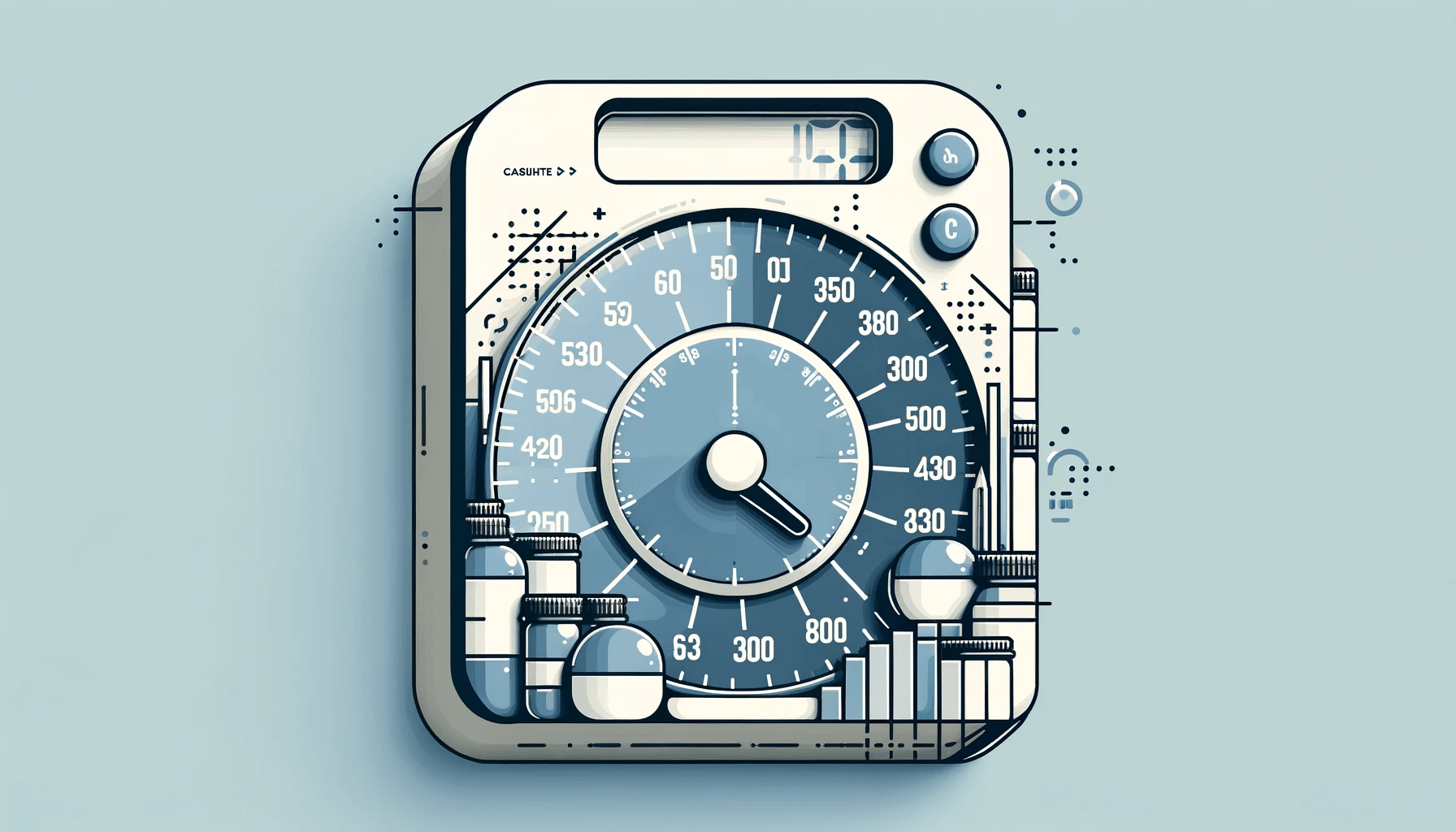A Weight Converter Calculator is a practical tool that simplifies translating weight measurements from one unit to another. From everyday tasks such as grocery shopping or mailing parcels to intricate industrial operations and scientific research, accurately converting weight ensures consistent data and helps avoid costly mistakes. Below is a detailed overview of weight conversion, its significance, and how a specialized calculator streamlines these transformations.
Introduction to Weight Units
“Weight” and “mass” are often used interchangeably in daily speech, though in scientific contexts, they differ. However, in most commercial and household settings, weight generally refers to how heavy an object is on a scale. Because various regions and industries have developed distinct systems—like metric or imperial—navigating between them can be confusing. A Weight Converter Calculator allows users to move quickly between measurements (e.g., kilograms to pounds) and eliminates reliance on memorizing complex unit relationships.
Why a Weight Converter Calculator Matters
- Global Commerce: With goods crossing international borders, businesses must precisely label or interpret weight in local units.
- Daily Convenience: Home cooks might encounter recipes referencing ounces. At the same time, their kitchen scales read grams, prompting a need for rapid conversion.
- Industrial and Scientific Accuracy: Factories, laboratories, and logistics must ensure correct unit usage to meet regulations, safety standards, and internal protocols.
- Error Prevention: Minimizing manual calculations is critical in preventing numerical slip-ups that might lead to overcharging, understocking, or incorrect material usage.
Key Weight Units and Their Contexts
Though many weight (or mass) units exist, the most commonly encountered include:
- Kilograms (kg): The SI (metric) base unit for mass, widely used worldwide.
- Grams (g): Subdivision of kilograms for lighter items.
- Pounds (lb): Major imperial unit for everyday goods in places like the United States.
- Ounces (oz): Another imperial measure, typically used for smaller items or in culinary contexts.
- Tons: Can refer to metric tons (1,000 kg), US tons, or imperial long tons, leading to confusion if not clarified.
A robust converter supports these fundamental units and possibly more specialized ones like stones (in the UK) or Chinese jin for region-specific use cases.
How a Weight Converter Calculator Works
Using a Weight Converter Calculator usually involves:
- Input Selection: Users pick the source unit (e.g., kilograms) and enter a numeric value.
- Target Unit Choice: They specify which unit(s) they want to convert to (e.g., pounds).
- Automated Computation: The tool applies standard conversion rates embedded in its logic.
- Immediate Output: Results appear almost instantly, showing the exact or approximate equivalent weight.
Some calculators offer multiple outputs simultaneously, displaying conversions in several units to give a comprehensive snapshot.
Benefits of Using a Dedicated Tool
- Simplicity and Speed: Removing the manual math step saves time, particularly when repeated conversions or high volumes of data are involved.
- Reduced Human Error: Automated conversion ensures consistent results, which is essential in high-stakes scenarios like manufacturing or pharmaceuticals.
- Versatility: Many calculators can handle advanced or less common units, aiding global businesses or niche industries.
- Clarity: Team members or clients in different locales can remain on the same page about product weights or shipment loads.
Real-world Applications
- Culinary and Hospitality: Chefs or home cooks convert recipe amounts between grams and ounces or pounds and kilograms for bulk ingredients.
- Shipping and Logistics: International couriers or freight services quote rates in local units, then billing in another.
- Retail and E-Commerce: Sellers provide product weights to customers in their preferred format, ensuring consistent product listings.
- Industrial Design: Engineers verify component weights in metric while their supply chain references imperial units.
Challenges and Considerations
- Multiple “Tons”: The word “ton” can mean different quantities depending on region (metric ton, short ton, or long ton). This requires precise labeling or specialized calculators.
- Fractional or Large Values: Large or small quantities (like micrograms to ounces) may need advanced calculators that accommodate exponent notation.
- Obsolete or Rarely Used Units: Certain local or historical weight units (e.g., “catti,” “tod”) may not appear in standard tools, requiring a specialized reference source.
- User Input Quality: If incorrect data (like an accidental extra zero) is input, the resulting output is invalid, highlighting the importance of double-checking entries.
Best Practices
- Confirm the Unit: Double-check you have the correct starting unit, especially for items labeled in multiple potential measures (like US vs. imperial or metric).
- Choose Appropriate Precision: Overly precise decimal places can clutter communication; conversely, too coarse rounding can hamper engineering or lab tasks.
- Document Conversions: In professional settings, track the tool or method used for accountability, significantly if conversions impact financial or safety outcomes.
- Align with Stakeholder Needs: Ensure the final reported unit matches the client, regulator, or partner’s preference to avoid confusion.
Future Developments
- Voice-Enabled and IoT Tools: Smart devices could parse spoken queries (“Convert 10 pounds to kilograms”) or auto-detect shipping scales for real-time conversions.
- AR and Scanning: Applications might visually interpret labels or packaging data, instantly offering converted weights via smartphone camera overlays.
- Machine Learning: Intelligent systems could predict or suggest typical conversions for repeated tasks, improving speed in industrial workflows.
- Integrated Ecosystems: Online marketplaces or e-commerce platforms might auto-convert item weight fields, simplifying listing processes for global sellers.
Conclusion
A Weight Converter Calculator proves indispensable in modern life. It bridges differences between measurement systems, prevents mistakes, and promotes clarity across industries and geographies. Whether in the kitchen, warehouse, laboratory, or online marketplace, these tools enhance accuracy and streamline operations. As global interactions continue to expand, the ability to pivot seamlessly between pounds, kilograms, and myriad other weight units becomes ever more crucial, reinforcing the timeless value of a dependable converter.


